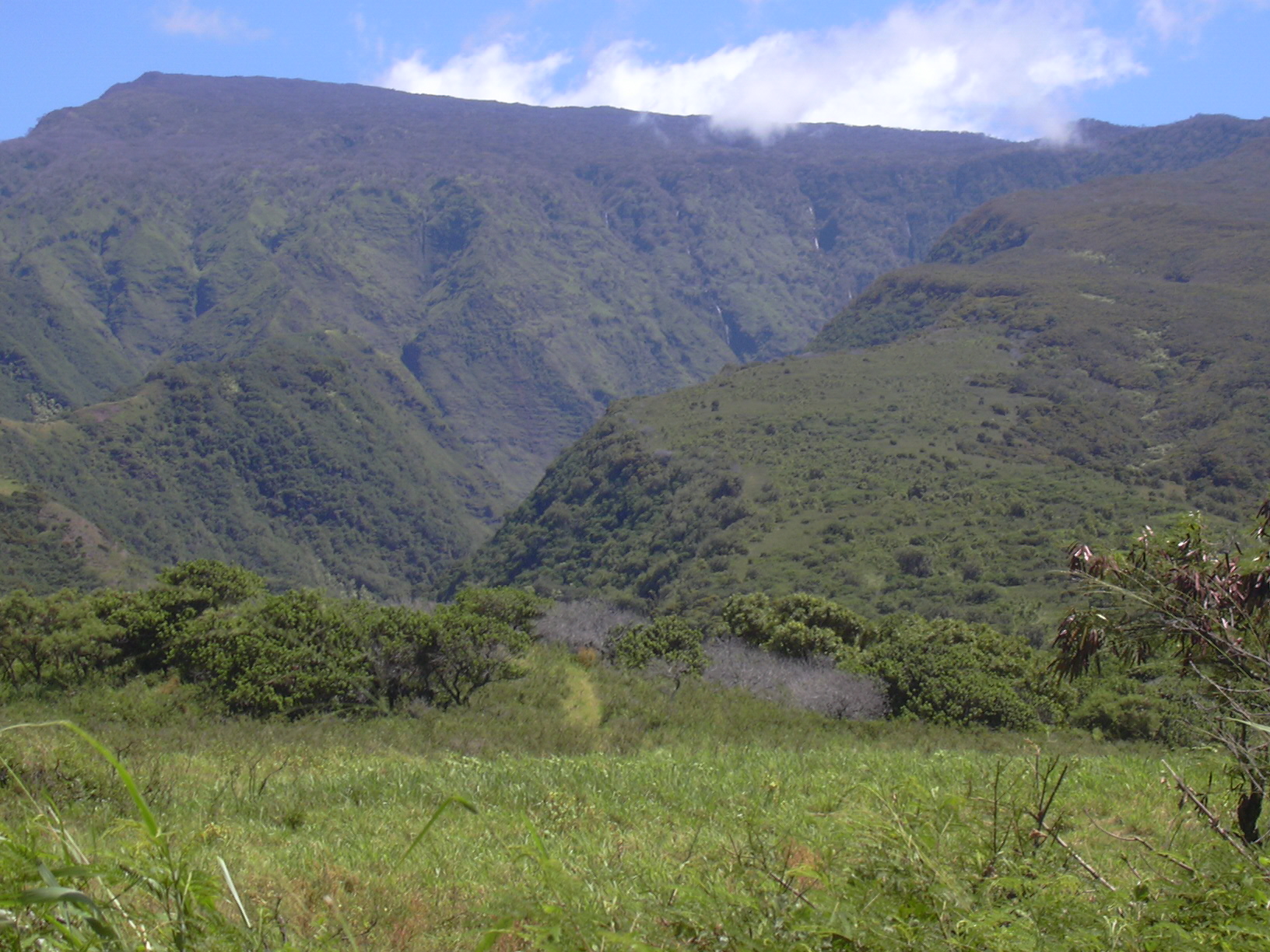|
Psidium
''Psidium'' is a genus of trees and shrubs in the family Myrtaceae. It is native to warmer parts of the Western Hemisphere (Mexico, Central and South America, the West Indies the Galápagos islands). Many of the species bear edible fruits, and for this reason several are cultivated commercially. The most popularly cultivated species is the common guava, ''Psidium guajava.'' Taxonomy This genus was described first by Linnaeus in 1753. Fossils are known from the Paleogene The Paleogene Period ( ; also spelled Palaeogene or Palæogene) is a geologic period and system that spans 43 million years from the end of the Cretaceous Period Ma (million years ago) to the beginning of the Neogene Period Ma. It is the fir ... of Patagonia. Species 78 species are accepted. References External links * * {{Authority control Myrtaceae genera Taxa named by Carl Linnaeus Flora of the Neotropical realm ... [...More Info...] [...Related Items...] OR: [Wikipedia] [Google] [Baidu] |
Psidium Cattleyanum
''Psidium cattleyanum'' (World Plants: ''Psidium cattleianum''), commonly known as Cattley guava, strawberry guava or cherry guava, is a small tree ( tall) in the Myrtaceae (myrtle) family. The species is named in honour of English horticulturist William Cattley. Its genus name ''Psidium'' comes from the Latin ''psidion'', or "armlet." The red-fruited variety, ''P. cattleyanum var. cattleyanum'', is commonly known as purple guava, red cattley guava, red strawberry guava and red cherry guava. The yellow-fruited variety, ''P. cattleyanum var. littorale'' is variously known as yellow cattley guava, yellow strawberry guava, yellow cherry guava, lemon guava and in Hawaii as ''waiawī''. Although ''P. cattleyanum'' has select economic uses,US Forest Service. (2016). Strawberry Guava: Not All Green Is Good. Pacific Southwest Research Station. it is considered the most invasive plant in Hawaii.Lowe S., Browne M., Boudjelas S., De Poorter M. (2000) ''100 of the World’s Worst Invasive A ... [...More Info...] [...Related Items...] OR: [Wikipedia] [Google] [Baidu] |
Psidium Guajava
''Psidium guajava'', the common guava, yellow guava, lemon guava, or apple guava is an evergreen shrub or small tree native to the Caribbean, Central America and South America. It is easily pollinator, pollinated by insects; when cultivated, it is pollinated mainly by the common honey bee, ''Apis mellifera''. Overview Widely cultivated in tropical and subtropical regions around the world, guava fruits can range in size from as small as an apricot to as large as a grapefruit. Various cultivars have white, pink, or red flesh; a few varieties feature red (instead of green or yellow) skin. When cultivated from seed, guavas are notable for their extremely slow growth rate for several months, before a very rapid acceleration in growth rate takes over. From seed, common guavas may bloom and set fruit in as few as two years or as many as eight. Cutting (plant), Cuttings, grafting, and air layering are more commonly used as a propagation method in commercial groves. Highly adaptable, g ... [...More Info...] [...Related Items...] OR: [Wikipedia] [Google] [Baidu] |
Guava
Guava ( ), also known as the 'guava-pear', is a common tropical fruit cultivated in many tropical and subtropical regions. The common guava '' Psidium guajava'' (lemon guava, apple guava) is a small tree in the myrtle family (Myrtaceae), native to Mexico, Central America, the Caribbean and northern South America. The name guava is also given to some other species in the genus '' Psidium'' such as strawberry guava ('' Psidium cattleyanum'') and to the pineapple guava, '' Feijoa sellowiana''. In 2019, 55 million tonnes of guavas were produced worldwide, led by India with 45% of the total. Botanically, guavas are berries. Etymology The term ''guava'' appears to have been in use since the mid-16th century. The name derived from the Taíno, a language of the Arawaks as for ''guava tree'' via the Spanish for . It has been adapted in many European and Asian languages, having a similar form. Origin and distribution Guavas originated from an area thought to extend from Mexic ... [...More Info...] [...Related Items...] OR: [Wikipedia] [Google] [Baidu] |



